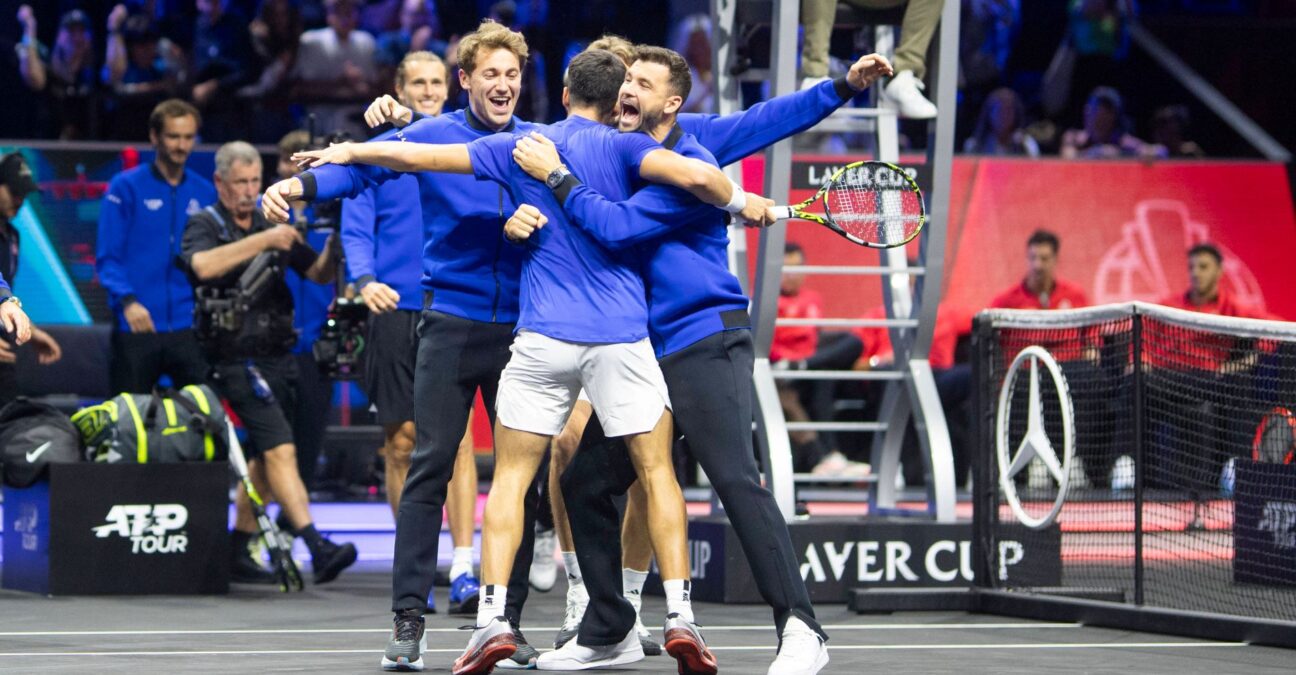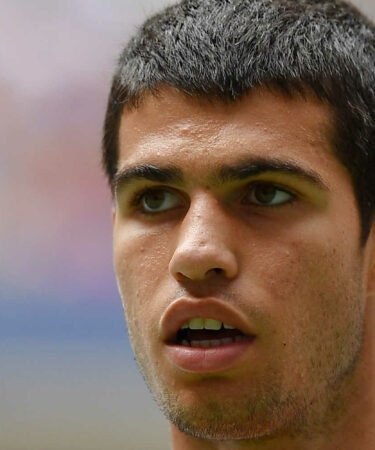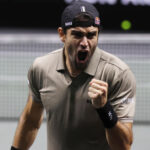Does tennis need more team events like the Laver Cup?
Scenes at the Davis and Laver Cups have shown another side to tennis, one that is missing when the sport is strictly individual.
 Imago / Panoramic
Imago / Panoramic
The past two weeks following the US Open have shown a rare window into what tennis would be like if it was a team sport. First it was the Davis Cup finals, which saw 16 teams competing across four different locations last week. More recently, the Laver Cup pitted players from Europe against the rest of the world in a unique three-day format in Berlin.
The traditional allure of tennis has been how clearly individual it is as a sport. Once a player steps onto court, no one can help them: it’s just them and their opponent. With the exception of some slight intervention from coaches now that both Tours have legalised coaching, the management of emotions, stress and problem solving rests squarely on the individual’s shoulders.
But scenes at the Davis and Laver Cups have shown another side to tennis, one that is missing when it is strictly individual.
Players at the Laver Cup spoke often and at length about how they valued the team atmosphere, how much they learnt from each other, and how enjoyable it was having the energy of a team supporting them on the sidelines.
“Comparing to other tournaments, I mean, it’s a different feeling,” said Carlos Alcaraz after he guided Team Europe to their fifth Laver Cup title on Sunday. “Obviously having them supporting me behind me, so it’s different.
“They try to just stay there and show me good energy all the time that makes me feel really comfortable on court and trying to pull out all the nerves and make good tennis.”
Teammate Grigor Dimitrov – who was very active in coaching other players over his three days in Berlin – said the combined knowledge of different teammates was something he liked a lot about the team format.
“I think we did a combined job very good on the side. That’s the best part about it, like, when everyone has such unique skills, and, you know, way to play the game. I think it’s so nice to see also, like, from the players, everyone has different eyes and sees different things.
“[Teammates were] helping a lot. Bouncing ideas off each other, and I think we also we fed off each other in that sense. I think everybody was also quite receptive to the information that was given from a player to another player. For me, I like that a lot.”
For Team World, they fell narrowly short of pulling off what would have been a significant upset at the Laver Cup. Heading into the event, they boasted just one top 10 player in Taylor Fritz, while Team Europe’s entire lineup was inside the top 10, with the exception of Stefanos Tsitsipas, who is hardly a seat-warmer himself.
Had a few points gone differently, they would have been celebrating their third win in a row over Team Europe, and teamwork is undoubtedly what they would have attributed their success to.
“I think it’s been cool to see all the very, very different personalities. Kind of mix and match on this team, starting with John and trickling all the way down,” reflected Ben Shelton.
“It’s like a big part of what makes Team World. Team World is, like, the team chemistry and the vibes,” Taylore Fritz added.
“I think every year, regardless, I think one thing that stays true is that we’re, you know, we’re having more fun at this event than the other team is, maybe aside from the result.”
The fact that Thanasi Kokkinakis – who played one match and won just five games in his loss to Tsitsipas – was widely declared the MVP of Team World speaks volumes. Winning a team event is about more than just what happens on court.
Swinging too far towards the team aspect of tennis would undermine the inherent appeal of the sport as an individual pursuit. But perhaps the powers that be could take note of how positively these two events have been received by players, and work in more team events moving forward.
An aged-based team event, anyone?





